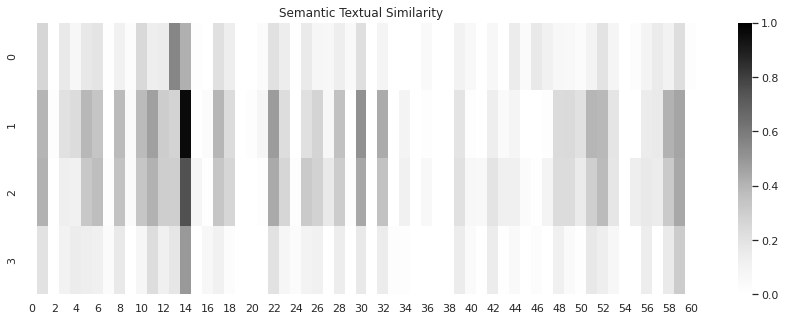Using Deep Neural Networks to Streamline Patent Prosecution and Litigation Tasks
Patent prosecution and litigation tasks can be streamlined and improved using deep neural networks trained to determine semantic similarity between sentences.
Overview of Sentence Encoding to Determine Semantic Similarity.
A deep neural network trained to be a universal sentence encoder is utilized to determine sentence similarity between two different sentences.
Based on an input sentence, the universal sentence encoder provides sentence level embedding that encode the meaning of the sentence independently from the words used.
A second input sentence is provided to the universal sentence encoder and a second sentence level embedding encoding the meaning of the second sentence is returned.
These two sentence level embedding can then be used to compute the similarity in meaning between the first and second sentence.
This can be done quickly between different sentences extracted from patent claims, specifications, and other documents to assist with a number of patent prosecution and litigation tasks.
In the following series of articles, I will discuss using deep neural network sentence encoders for various patent related tasks including:
Determining Specification Support
Using Deep Neural Networks to Automate the Creation of Specification Support Charts.
Using Deep Neural Networks to Analyze Priority Claims to Provisional Applications.
Novelty and Obviousness Analysis
Using Deep Neural Networks to Find the "Best" Known Cited Art.
Using Deep Neural Networks to Find Highly Relevant Unknown Prior Patents.
Using Deep Neural Networks to Strengthen Your Information Disclosure Statements.
Infringement Research and Portfolio Development
Using Deep Neural Networks to Mine Your Patent Specification for Claims that Your Competitors Want.
Using Deep Neural Networks to Create Forward Citations with Third-Party Submissions.
Using Deep Neural Networks to Decide Whether to Copy Claims or File a Third-Party Submission.
If you would like to explore how deep neural network techniques can benefit your patent workflow, contact JDB IP.






